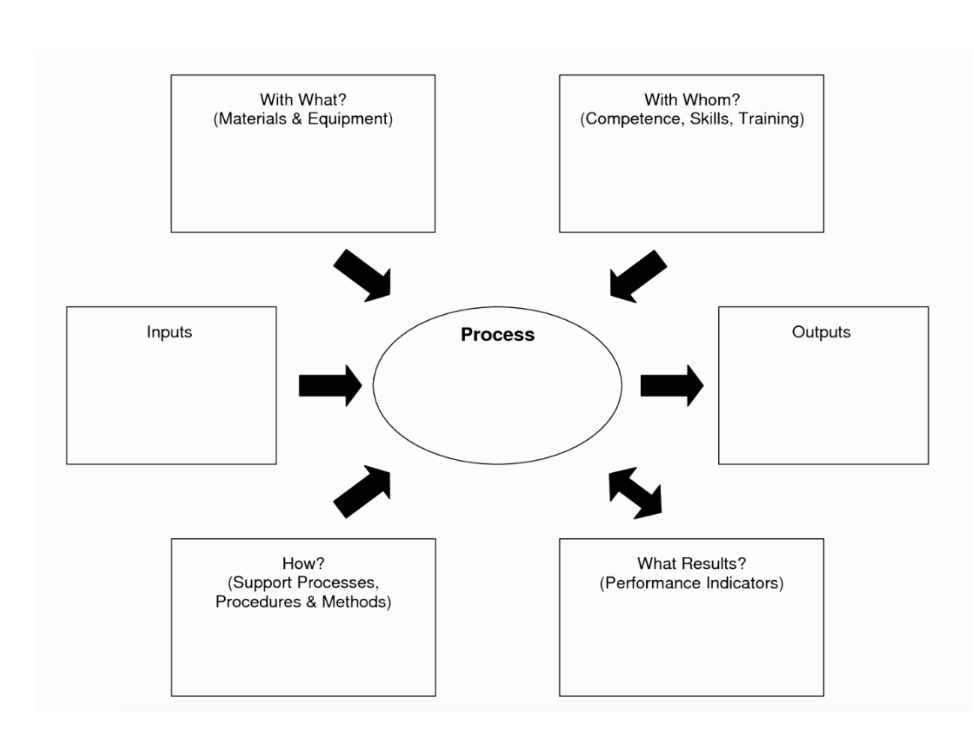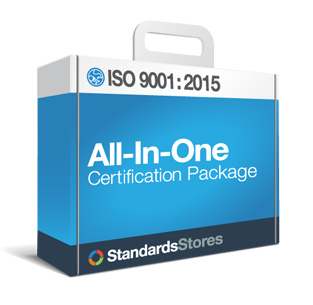Using Turtle Diagram in ISO 9001
What is a turtle diagram?
“Turtle Diagram” is a great tool for visualizing process characteristics. Processes are made up of inputs, outputs, criteria, etc, and a Turtle Diagram visualizes a process to assist in their effective execution and improvement. The diagram looks like the body of a turtle, with components as body, legs, head, and tail.
Benefits of Using Turtle Diagrams
Turtle Diagrams allow you to look at the entire process, as well as the communication and mapping of interrelated processes with relevant functions and levels within the organization. Turtle Diagrams can help both management and the workforce better understand the process. The diagram helps layout the framework in an easy to follow fashion, and can identify gaps in the organization’s structure.
Where do you use a Turtle Diagram?
They can be used for any process, anywhere in the ISO 9001 does not require a turtle diagram, but the turtle diagram can help you understand your processes as well as define the criteria for measuring process effectiveness. There are several clauses within the ISO 9001 requirements that may benefit from using a turtle diagram. These clauses are:
- 4.1 Understanding the Organization and its Context
- 4.2 Interested Parties
- 5.2 Quality Policy
- 6.1 Risk Management
- 7.2 Competence
- 7.3 Awareness
- 7.4 Communication
- 8.4 Control of External Providers
- 8.7 Nonconforming Products
- 10.2 Nonconformity and Corrective Action
- 10.3 Continual Improvement

Download a Turtle Diagram Word Document
So how do you use a Turtle Diagram?
Using a turtle diagram is simple. The Turtle Diagram is made up of 6 areas, all surrounding the process, which is considered the turtle body. The 6 areas are: inputs, materials & equipment (what), support processes, procedures & methods (how), outputs, competence skills & training (whom), and finally performance indicators (results).
Process: The center of the diagram is titled “process”. This box address the value adding step, and any sequence that fall within the scope of the process. A process may involve many employees and multiple departments within your organization.
Inputs: This category should define the details of the actual process including: documents, materials, information, requirements, etc.
Outputs: Should include details of the process such as products, documents, etc.
Support processes, Procedures & Methods: Support material includes, procedures, instructions, specific methods, etc.
Whom: This section is dedicated to finding all the employees whose roles within the organization have the responsibility to value adding steps within the process.
What: This section is dedicated to finding the resources needed to perform the process
How: This section is dedicated to identifying any specific documents within the management system that tell the people responsible for completing the value added steps how to successfully complete them within the organization’s best practice.
Results: This section looks at the measures the organization has at its disposal to monitor how well the procurement process is performing. If the measures align to the organization’s plan, policies goals and objectives, the the measures should be able to tell management if the procurement process is fulfilling or needs to be adjusted or improved.



